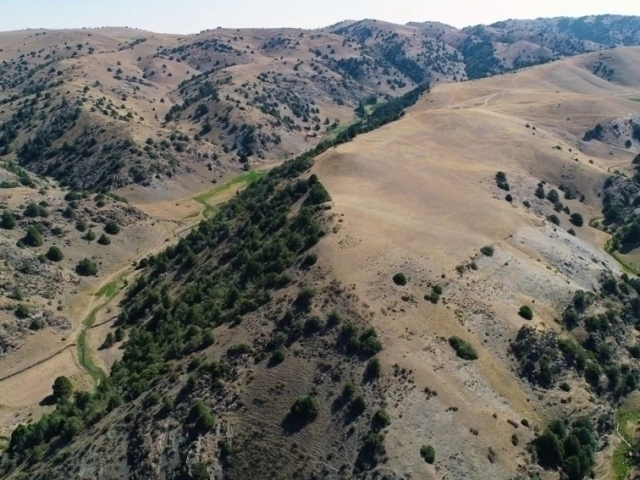Two lost cities were discovered in Uzbekistan’s mountains
Local
−
26 October 2024 79996 2 minutes
Archaeologists have uncovered the remnants of two medieval cities in southeastern Uzbekistan’s mountainous regions, as reported by the BBC.
One of these ancient cities is Tugunbulok, covering an area of at least 120 hectares at an altitude of 2,000 meters above sea level, a height generally deemed uninhabitable today. The other city, Tashbulok, spans 12 to 15 hectares. Although smaller than Tugunbulok, Tashbulok also featured a fortress, with at least 98 visible dwellings resembling those in Tugunbulok. According to researchers, Tashbulok thrived between the 6th and 11th centuries, while Tugunbulok existed from the 8th to 11th centuries.
A team led by Michael Frachetti, an anthropologist at Washington University in St. Louis, and Farhod Maqsudov, director of Uzbekistan’s National Archeology Center, conducted the research.
“This discovery will redefine Central Asia’s history,” Maqsudov stated.

The researchers believe both cities were bustling hubs during the medieval period, serving populations at an altitude currently inhabited by only 3% of the world’s population, as seen in regions like Tibet and Peru.
The initial discovery of Tashbulok occurred in 2011 during a mountain hike when the researchers noticed an unusual, hill-covered plain. Thousands of pottery fragments were also scattered around the site.

In 2015, Frachetti was informed by a local forestry inspector about similar pottery pieces near his home, just a few kilometers away, further indicating human activity in this high-altitude area.
Frachetti notes that while historical records mentioned a city in the area, the team was surprised to find a city at an elevation of 2,200 meters spanning 12 hectares.
“Typically, scientists have focused on valley plains for evidence of human settlement, making this a significant discovery,” remarked Peter Frankopan, a professor at the University of Oxford.
Previously, ancient artifacts had also been found at the Ahsikent site, a 100-hectare monument in Namangan region.
Live
All



